Nearly a third of the nurses who’ve died of coronavirus in the US are Filipino, even though Filipino nurses make up just 4% of the nursing population nationwide.
A recent report from the largest nurses’ union in the country revealed the disproportionate number of deaths. It’s a jarring statistic researchers are working to understand and a tragedy families across the US and around the world are living with every day.
Jhulan Banago feels it when he visits his mom’s grave site every week and when he keeps putting out a plate of food for her at the dinner table every night.
Tiffany Olega felt it when she walked through the gates of Disneyland and collapsed to the ground, crying as she set foot in one of her mom’s favorite places for the first time after her death.
Jollene Levid feels it every morning, when she combs through health-care workers’ obituaries and keeps finding Filipino names. She sees her family in their faces – so many senseless deaths.
“People always talk about it as numbers, but then when so many of the folks you know have died, and it wasn’t because they weren’t wearing a mask, it wasn’t because they decided to eat at a restaurant. They were literally trying to keep someone alive and they caught it,” Levid says.
“You have to ask, why is this happening to our community?” she adds. “There are so many factors, but I would assert that every death was preventable, which is what makes it so much harder.”
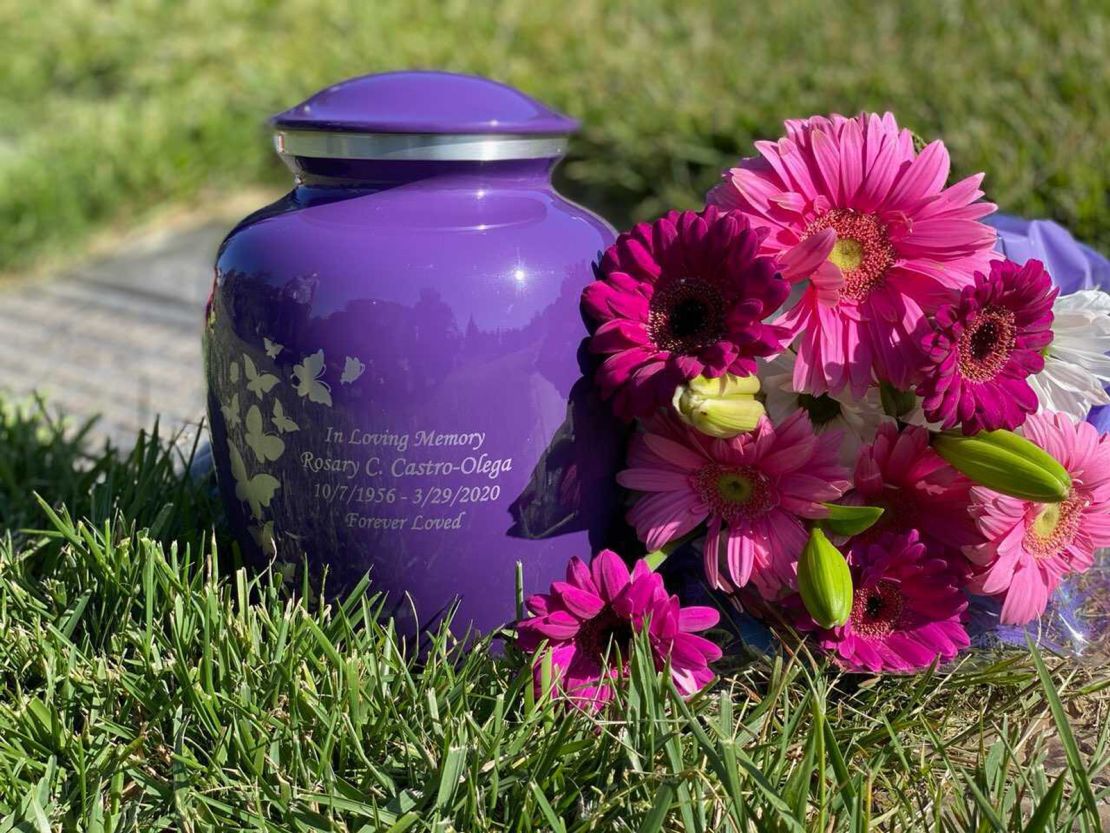
Zenei Cortez, co-president of National Nurses United, says the news devastates her not just as a leader of the largest nurses’ union in the United States, but as a Filipino American who knows firsthand how hard nurses are working on the front lines – often without proper protection.
In a September report, the union found that 67 of the 213 registered nurses who’d died of Covid-19 and related complications in the United States were Filipino. Since then, Cortez says, the death toll has grown.
The union’s latest analysis of nurses’ deaths for which race and ethnicity data was available found that 74 of 245 nurses who’d died were Filipino, or roughly 30%. The toll includes nurses who were born in the Philippines and immigrated to the United States, and Filipino American nurses born in the US.
“I’m very concerned and I’m very heartbroken,” Cortez says, “because these deaths are unnecessary.”
She’s collecting data to honor the dead
Jollene Levid begins each day with a tragic task: searching news clippings to find the names of Filipino health care workers who’ve died. Her mission: working with a team of volunteers to confirm the details with multiple sources, then placing them on a website where they’re compiling data and photos of those who’ve lost their lives in the pandemic.
The site is called Kanlungan, which means shelter or refuge. Levid describes it as a memorial. It’s also, in a sense, a warning.
“We wanted to make sure that we were bringing dignity to people who have passed away saving others’ lives. And we were hoping to collect data also, because people need dignity in the workplace now,” she says. “If nobody was collecting the information about how many have fallen to covid, we knew there would be no guarantee that the living would get the protection they need.”
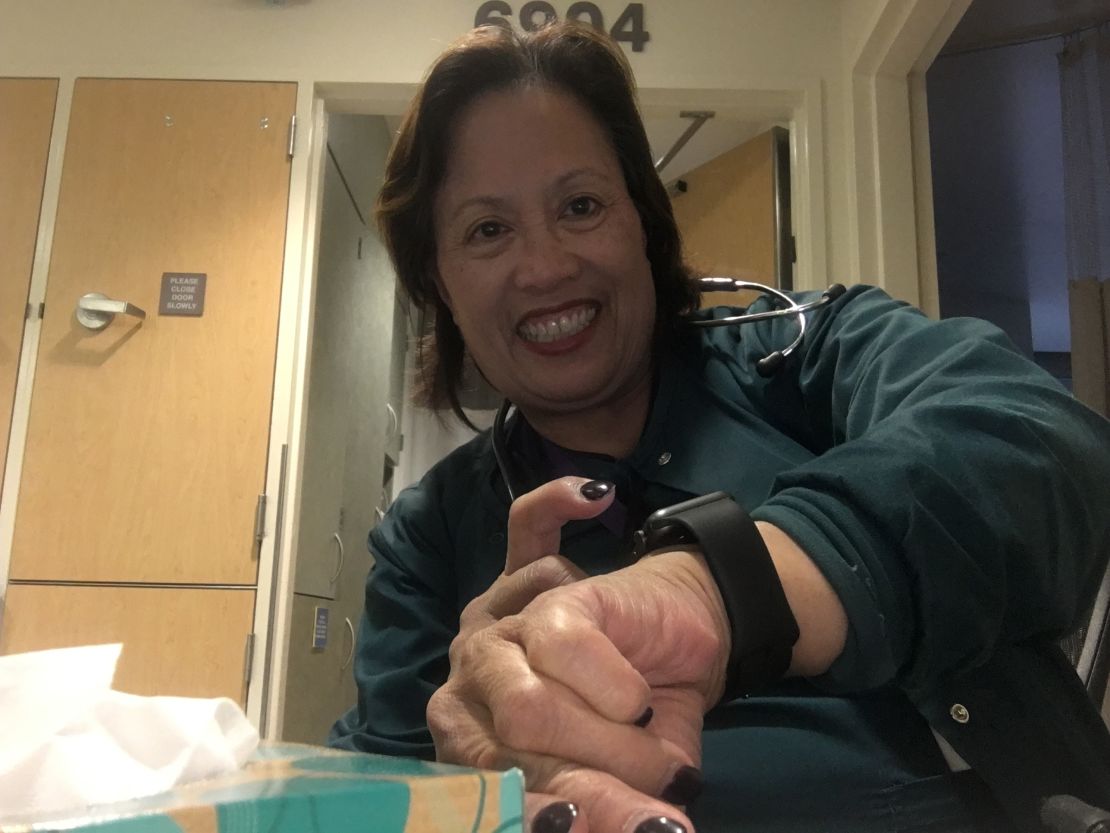
While many people featured on the site are nurses, she says, they aren’t the only ones who are dying. The website also includes doctors, therapists and other medical workers of Philippine ancestry who’ve died in the United States, the United Kingdom, the United Arab Emirates, Canada, the Bahamas, Kuwait, Saudi Arabia, Guam and the Philippines.
“Three times as many Filipino health care workers have died here in the US than in the Philippines,” she says. “So right away we know that there’s something wrong.”
Related: Eight Filipino mothers and children share their stories of separation in working abroad to support their families back home
They’re piecing together what’s happening – and why
For decades, Filipino nurses have been on the front lines when health crises surged in the US and around the world.
“A number of them have worked in previous epidemics and pandemics in the United States, from AIDS to SARS to Ebola to Covid,” says Catherine Ceniza Choy, a professor of ethnic studies at the University of California at Berkeley. “So this is not a new phenomenon.”
Choy describes it as the latest chapter in a long and complex history that dates back more than a century. Her 2003 book, “Empire of Care: Nursing and Migration in Filipino American History,” traces the origins of the migration waves of Filipino nurses who came to work in the US back to the days of colonial rule in the early 20th century.
At that time, she says, an Americanized nursing curriculum was brought to the Philippines as part of efforts to build a new education system under the US policy known as “benevolent assimilation.”
Decades later, when nursing shortages in the United States prompted hospitals to look abroad to help, she says, “many American hospitals turned to the Philippines because they have similar professional nursing training and they have fluency in the English language.” And by the second half of the 20th century, more trained nurses came to the United States from the Philippines than from any other foreign country. Since the 1960s, Choy estimates more than 150,000 Filipino nurses have migrated to the US.
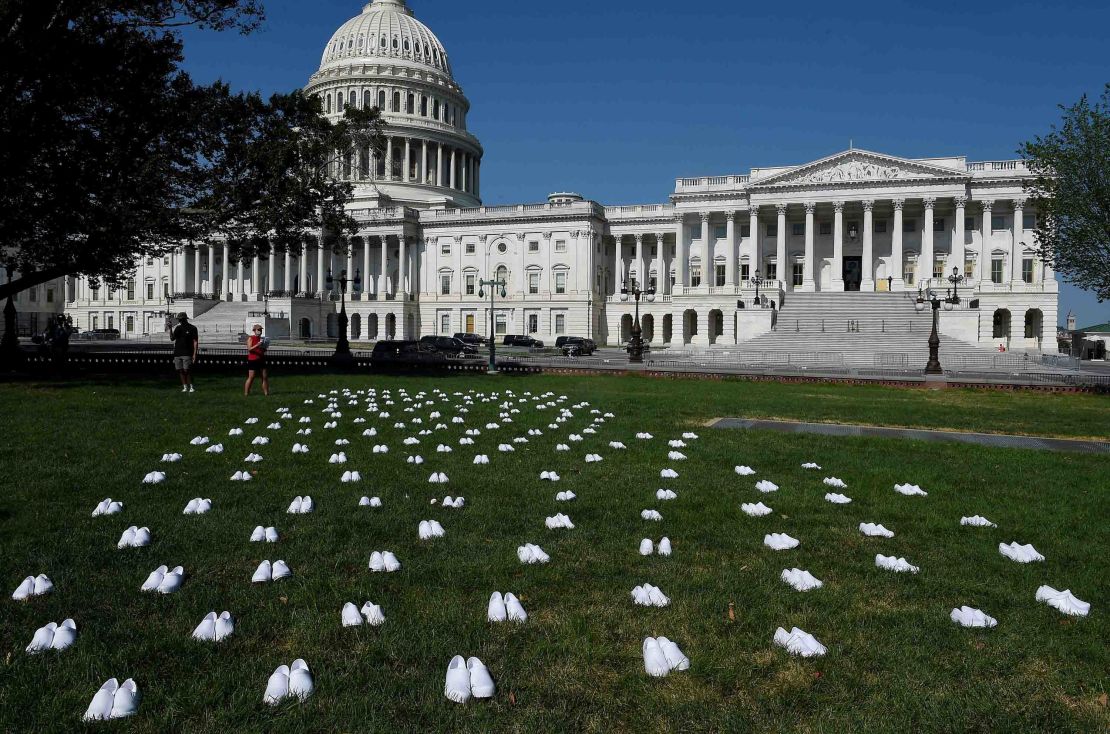
But still, Choy says, their contributions to health care here aren’t often acknowledged. She hopes the pandemic may help change that – and she’s working with a team of researchers to better understand the disproportionate toll Covid-19 is taking on Filipino nurses. It’s not just about data, she says.
“Behind those statistics are people who are trying to take care of you and me and who are trying to help us survive this pandemic,” she says. “The numbers are disturbing, and I would like to continue doing research about why that is.”
One possible factor, according to a research team she’s working with: the places where Filipino nurses are more likely to work.
“The major finding…was that Philippine-trained nurses were disproportionately in the ICUs, the emergency rooms, in long-term care facilities such as nursing homes, compared to White, US-trained nurses. They were therefore much more exposed to Covid-19,” says Jennifer Nazareno, the co-founder and co-director of the Philippine Health Initiative for Research, Service, and Training at Brown University’s School of Public Health.
They’re also more likely to live in multi-generational households, caring for more dependents. And often, she says, they’re breadwinners supporting family members in the United States and the Philippines. That means they may be more likely to stay in high-stress jobs that put them more at risk.
And those may not be the only reasons why more Filipino nurses are dying.
The Filipino ‘health paradox’
Another possible cause is what Nazareno calls the “Filipino American health paradox.” On the one hand, she says, Filipinos and Filipino Americans are major providers of healthcare in the United States. On the other hand, they face significant chronic health disparities themselves, including being more likely to have diabetes or heart disease.
“That’s what we’re really looking to examine going forward,” she says. “Covid-19 has really revealed this even more, and has really centered this to look at these huge disparities that are happening to the Filipino workers who are now dying.”
Cortez, the president of National Nurses United, shared another theory with CNN. She says Filipino nurses are less likely to question authority and speak up even if, for example, they fear their employers aren’t providing them with adequate protective equipment. That’s especially true, she says, when they’ve come to the United States on work visas.
“A lot of them will not question authority so that they will not be at odds with their employer, because they’re always afraid that one wrong move, the employer can revoke their work permit and send them back to the Philippines,” she says.
As researchers continue to study the causes, the number of deaths keeps growing.
They’re trying to keep their loved ones’ memories alive
And for the families left behind, life is forever altered.
Tiffany Olega says memories of her mom frequently rush into her mind.
“It’s been really difficult. … Even the smallest thing will make me think of her – driving by a Starbucks, anything with Lakers stuff, the thought of Disneyland,” she says.

Rosary Castro-Olega, a Filipina American who was born and raised in California, had already retired from a decades-long career as a nurse in Los Angeles. But when a cruise she’d been scheduled to take in March was canceled and she heard hospitals needed help, she had no doubt about where she was supposed to be.
Castro-Olega headed to work.
“She was always there helping, no matter if she was feeling ill herself or tired or if she just finished a 12-hour shift, she’d still go out to help somebody,” says Tiffany Olega, her oldest daughter.
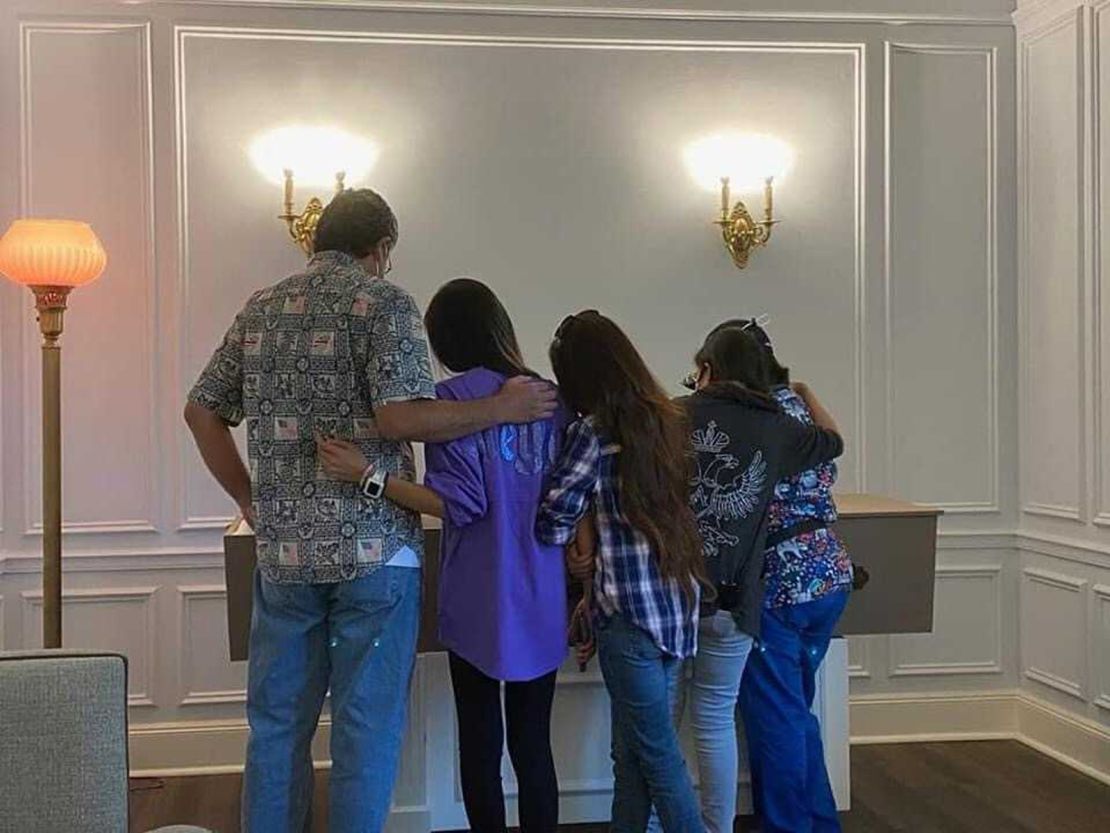
When Castro-Olega died in March, she was the first health care professional to die of Covid-19 in Los Angeles County. And her name was the first added to the Kanlungan website.
This year, her grieving family celebrated her birthday at home without her. They wrote messages on purple balloons and lit candles as a memorial. Next year, they plan to celebrate it at Disneyland, wearing T-shirts with her photo beside a hashtag: #FallenHeroes.
Jhulan Banago says his family is also trying to keep his mother’s memory alive. Celia Yap-Banago died in April, just days before she was planning to celebrate her 40-year anniversary at the Kansas City hospital where she worked.
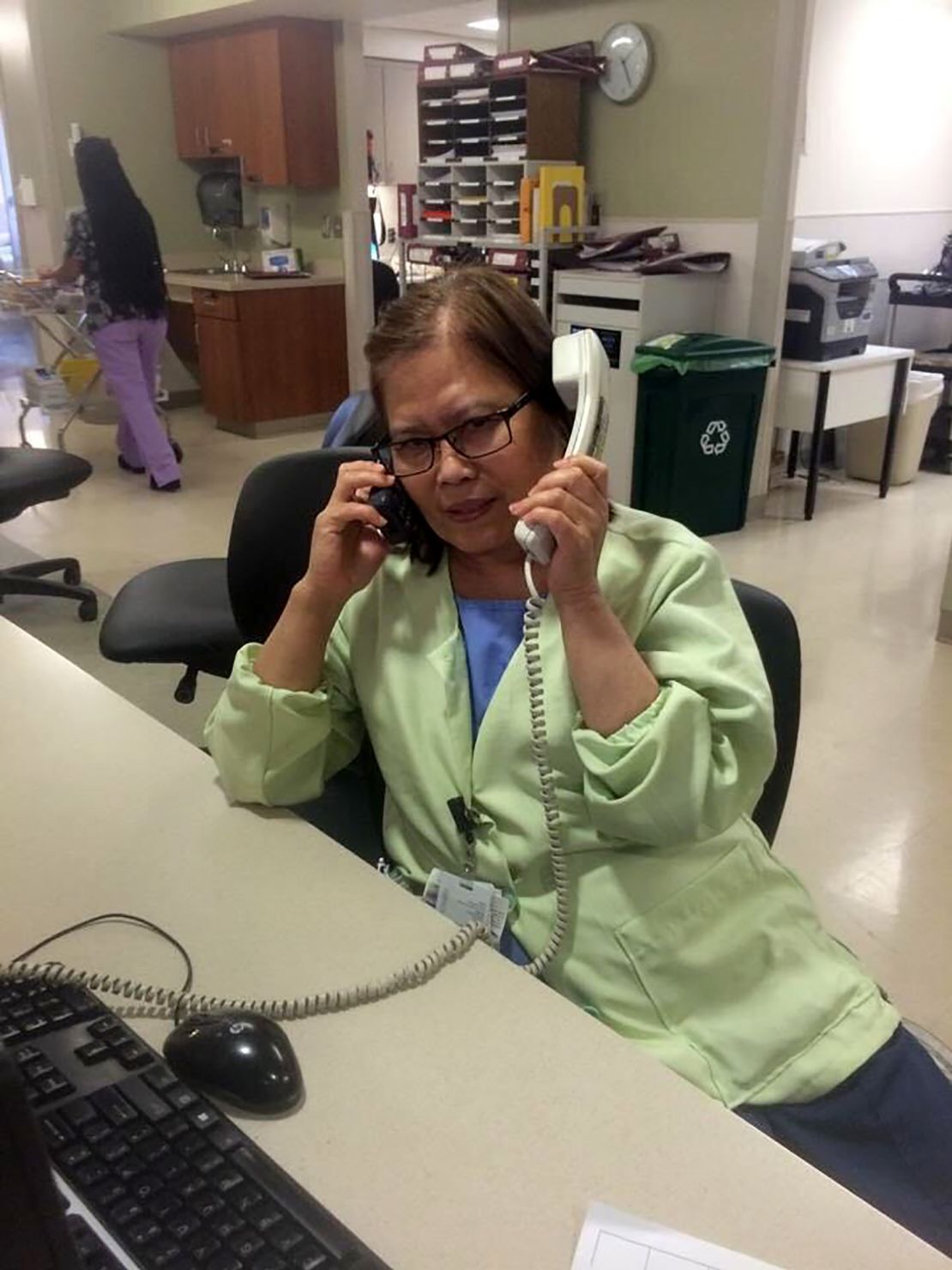
Since then, her family has kept fixing a plate for her at dinner and often turns the TV to her favorite channel – The Hallmark Channel, which she’d watch as she drifted off to sleep.
“We want to make sure that if she’s watching down on us, she knows that we miss her, and we still want her to be part of our lives, and also we remember her,” Banago says.
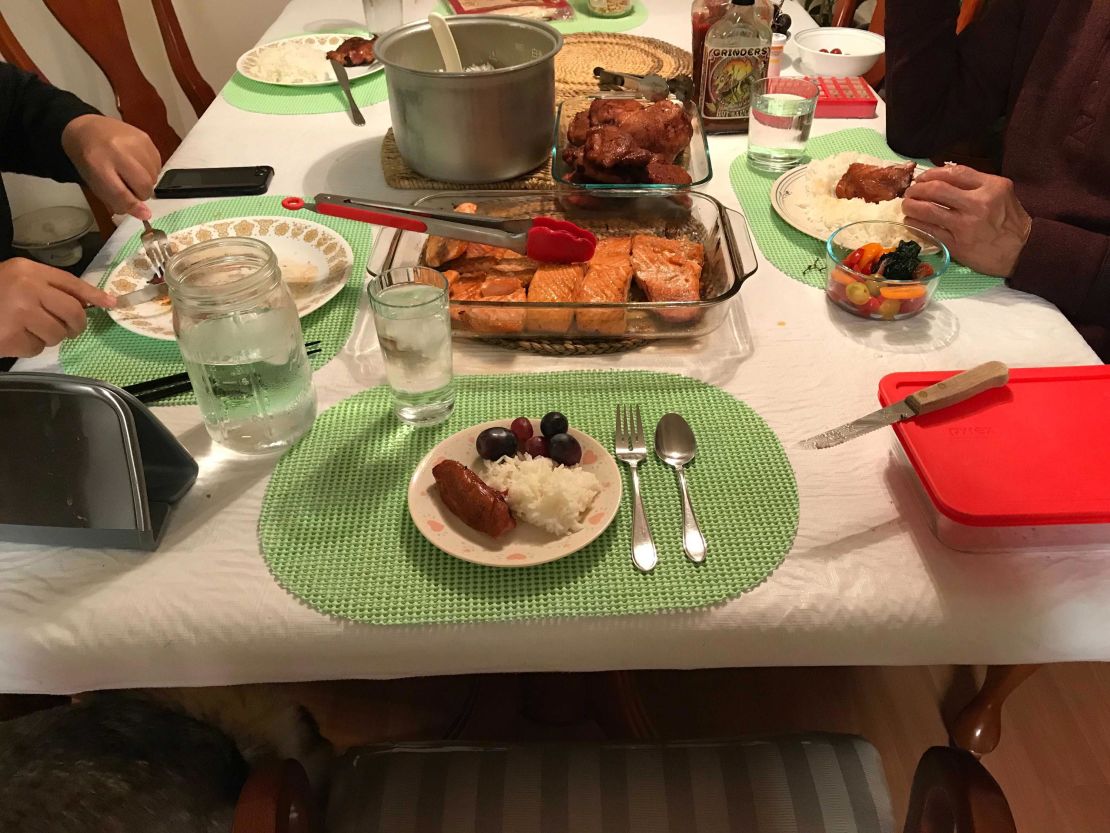
Yap-Banago was the first person in her family to immigrate to the United States, and her death left relatives grieving across continents. Her son says she poured love into her patients, and into her family.
“To move to a new country on the other side of the world speaking a different language, to me that sounds extremely terrifying, but also I know why she did it. I know that she was very forward-thinking and…wanted to raise kids with more opportunity than she had,” Banago says.
Banago says he takes comfort in a message an aunt in the Philippines recently sent him after a typhoon hit. While many homes nearby dealt with flooding and major damage, their house emerged virtually unscathed. The house was built with money his mom sent from the United States.
Even now, he says, his mom is still taking care of others – forever a nurse.


